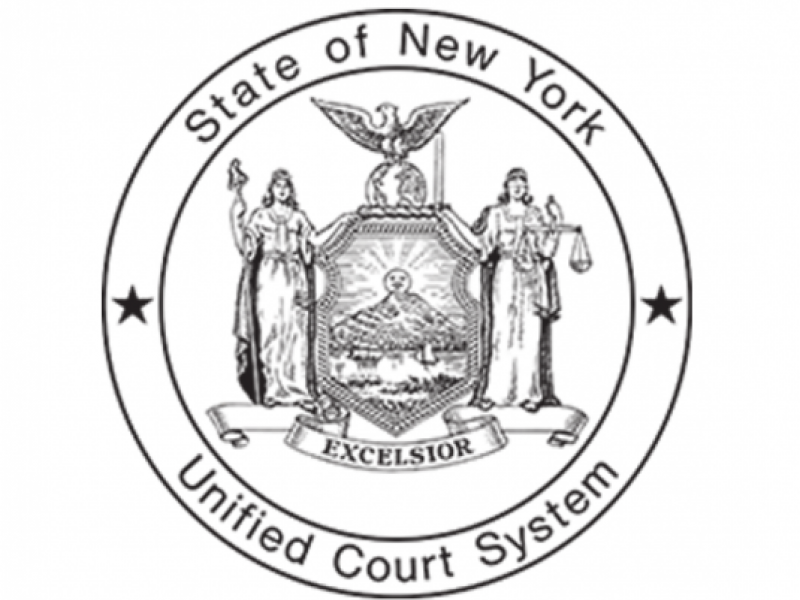
Document Author(s):
Year Published:
Topics:
State:
Region:
Tags:
Report: Navigator Snapshot Report (New York 2014)
From the Executive Summary
THE NEW YORK STATE COURT NAVIGATOR PROGRAM was begun in March 2014 following Chief Judge Jonathan Lippman’s announcement of the program in his February 2014 State of the Judiciary address. The Navigator Program was created by the Chief Judge’s Committee on Nonlawyers and the Justice Gap in response to the need for assistance for the more than 2 million New Yorkers each year who are unable to find lawyers as they navigate a complex system to deal with their legal problems. While ideally every litigant would have a lawyer to represent him or her in cases involving fundamental human needs, the reality is that many can neither afford a lawyer nor access free legal services. The Navigator Program seeks to fill that unmet need and provide support and assistance to low-income litigants. The program provides trained nonlawyers in Housing Court in Brooklyn and in a Civil Court consumer debt part in the Bronx. The role of the Navigators includes the provision of the following types of assistance, free of charge, to litigants:
- Preliminary discussions with litigants to listen and explain the process
- Review of the papers litigants have received and assembled to explain their relevance to the process
- Provision of information to litigants about appropriate or available court services (including interpreters)
- Description for litigants of the individuals they will see in court and their roles (e.g. judge, court clerk, law clerk), as well as likely discussion topics and the best manner of response to each
- Assistance to litigants in filling out court-approved DIY forms and help in identifying additional resources available on the Internet
- Court accompaniment, including giving notes or reminders to litigants where and when necessary
- Statements of fact to the judge, but only if asked a direct factual question by the judge
- Taking notes during any conference or hearing to discuss with litigants afterwards so that the litigants are clear about what has been said or decided and what the litigants must do to comply with any directions they may have been given
- Some Navigators in the Housing Court, in addition, provide more in-depth service and remain with litigants to help provide needed social services, including benefits to cover rent arrears where available (see full description in Overview of program in report).
This report describes the operations of the Navigator Program and includes three views — “snapshots” — of the program. All three indicate that the program provides valued practical assistance to litigants and to judges. In addition, in cases in which a Navigator was involved, respondents raised additional and more specific defenses and, overall, obtained decisions that produced a better financial result for respondents.
Recommended Citation: Committee on Nonlawyers and the Justice Gap, Navigator Snapshot Report (2014) found at http://nylawyer.nylj.com/adgifs/decisions15/022415report.pdf